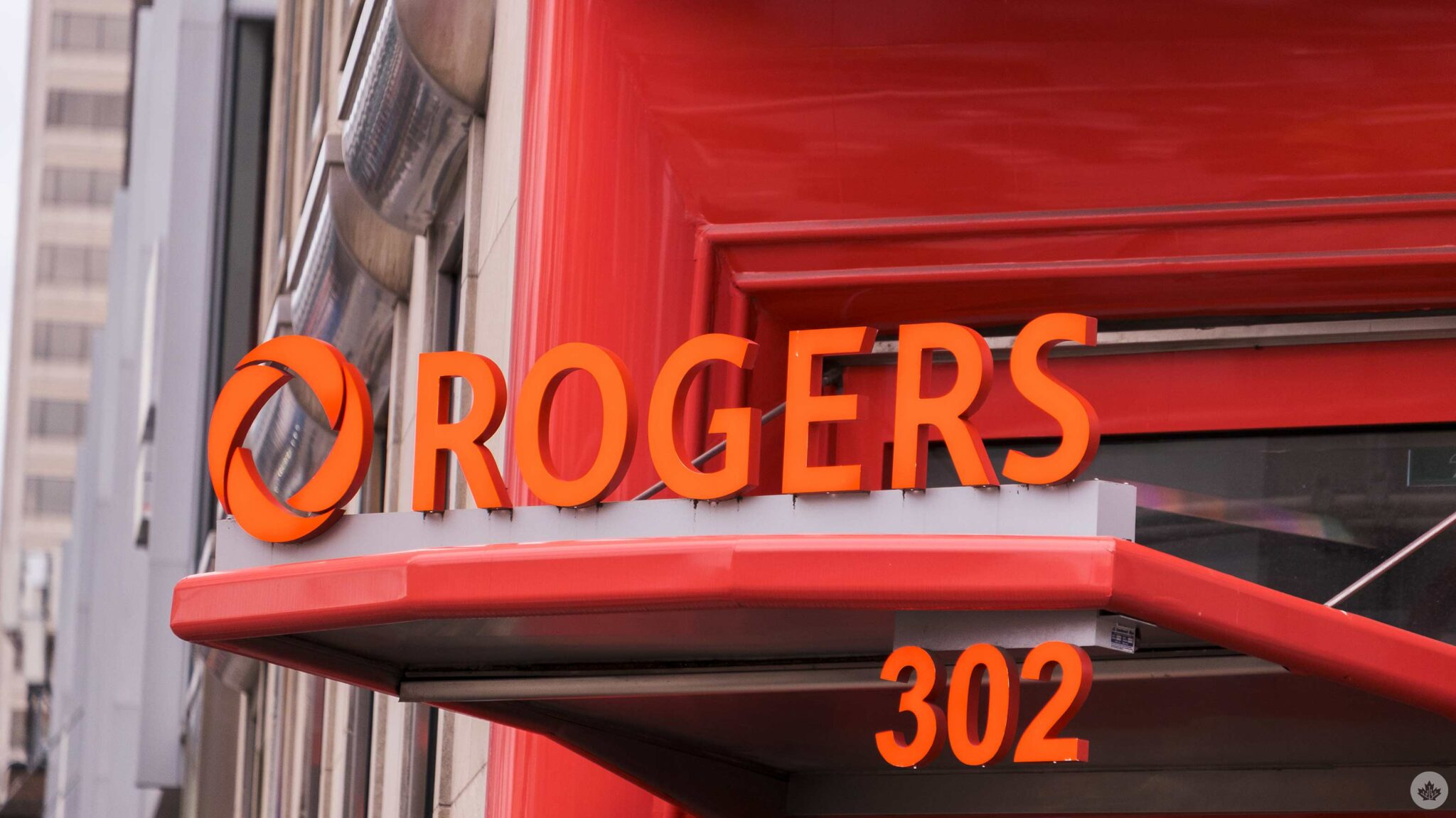
Rogers has shared more information regarding the July 8th outage.
We now know the outage impacted more than 13 million wireline and wireless customers. 2.9 million customers were wireline (consumers, businesses, etc.), and 10.2 million were wireless customers (postpaid, prepaid, wholesale, etc.).
The company provided more information on how the outage unfolded but kept specific details private. The available details reveal the system was impacted in minutes, affecting Rogers Internet Gateway, Core Gateway and Distribution Routers. The three could not communicate between themselves or the company’s cellular, enterprise, and cable networks.
“With the Core Gateways and Routers impacted, the wireless and wireline networks went offline and were unable to deliver traffic to and from residential and business customers,” Rogers says in its updated response.
Rogers initially shared details in a heavily redacted response to the Canadian Radio-television and Telecommunications Commission (CRTC) last month.
Restoring services
Wireless services were Rogers’ first priority of restoration. Wireline services were next. Critical care services (including police, hospital, and airports) was the third thing Rogers restored.
Restoring services for major infrastructure providers and business customers was fourth, and home internet services were fifth.
In its updated response, Rogers also provided specifics on actions it took following the outage and details on its internal process for major network upgrades.
What they didn’t disclose
Despite putting a figure on the outage for the first time, Rogers still didn’t share the breakdown by province or the impact on government services.
Rogers also didn’t share customer information and other third-party info, 911 calling stats and more technical details regarding their infrastructure.
The company says sharing confidential customer information isn’t necessary to understand the outage or the steps taken following the outage.
The company further states it won’t disclose technical information on its network and infrastructure as it would undermine the security of its network and potentially harm the public.
“Rogers purposely provided a detailed overview of the incident in order for the public to understand what occurred and why. Any further specificity would be of no assistance to the public but would be helpful to malicious actors seeking to disrupt our networks. There must be a balance.”
The company provides similar reasoning for not disclosing details on 911 call statistics. The company says it considered providing this info until they were told such statistics could disrupt their network.
More information needed
The recent disclosure of information resulted from requests put in by various organizations, including the Public Interest Advocacy Centre (PIAC) and the Competitive Network Operators of Canada (CNOC). However, as Rogers notes in its recent response, all questions included in the requests were not answered.
The CRTC has sent the company further questions to better understand the outage. In a letter dated August 5th, the commission wants to know the economic loss of the outage and confirmation customers received the compensatory credits the company promised.
Source: CRTC
MobileSyrup may earn a commission from purchases made via our links, which helps fund the journalism we provide free on our website. These links do not influence our editorial content. Support us here.


